Atlas Obscura’s Ten Most Popular Places for 2010
As we wind down the final days of 2010, we’re looking at the places that have captured our attention this year. With entries on five continents (and one not on a continent at all) including snake infested islands, abandoned sea forts, and skeleton filled lakes, I think it’s fair to say that our top ten destinations list is probably a little different than your average travel site…
THE REAL SWORD IN THE STONE - Chiusdino, Italy
The real sword in the stone is found not in England, but in an Italian chapel
The legendary sword in the stone, often linked to king Arthur’s legend, does exist. Not in Avalon, of course, but in Italy. One can see it in the Montesiepi chapel, near Saint Galgano Abbey in Chiusdino, in Tuscany.
Read the rest: The Sword in the Stone..> More Relics and Reliquaries..>
Off-limits and full of venomous pit vipers
Off the shore of Brazil, almost due south of the heart of São Paulo, is a Ilha de Queimada Grande. The island is untouched by human developers, and for very good reason. Researchers estimate that on the island live between one and five snakes per square meter. The snakes live on the many migratory birds (enough to keep the snake density remarkably high) that use the island as a resting point.
That figure might not be so terrible if the snakes were, say, 2 inches long and nonvenomous. The snakes on Queimada Grande, however, are a unique species of pit viper, the golden lancehead. The lancehead genus of snakes is responsible for 90% of Brazilian snakebite-related fatalities. The golden lanceheads that occupy Snake Island grow to well over half a meter long, and they possess a powerful fast-acting poison that melts the flesh around their bites. Golden lanceheads are so dangerous that, with the exception of some scientific outfits, the Brazilian Navy has expressly forbidden anyone from landing on the island.
Read More: Snake Island..> More Anomalous Islands..>
CANO CRISTALES - Sierra de la Macarena National Park, Columbia
An explosion of natural color known as “the river that ran away from paradise”
For most of the year, Caño Cristales is indistinguishable from any other river: a bed of rocks covered in dull green mosses are visible below a cool, clear current.
However, for a brief period of time every year, the river blossoms in a vibrant explosion of colors. During the short span between the wet and dry seasons, when the water level is just right, the many varieties of algae and moss that live in the water bloom, coating the water’s surface with brilliant splotches of yellow, blue, green, red, and a thousand shades in between.
Read More: Cano Cristales..> More Extraordinary Flora..>
WORLD DISCOVERER - Solomon Islands
The ship that got left behind
Both eerie and impressive to behold, this half-sunken sea-liner has been lying, tipped to one side, half-submerged for over nine years. Once a globetrotting cruise ship, it was able to easily navigate the 8000 miles of the Northwest Passage, but a fateful date with an uncharted reef ended its seafaring career for good.
Read More: World Discoverer Shipwreck..> More Incredible Ruins..>
SKELETON LAKE - Roopkund, India
The surprise is what killed them…
In 1942 a British forest guard in Roopkund, India made an alarming discovery. Some 16,000 feet above sea level, at the bottom of a small valley, was a frozen lake absolutely full of skeletons. That summer, the ice melting revealed even more skeletal remains, floating in the water and lying haphazardly around the lake’s edges. Something horrible had happened here.
The immediate assumption (it being war time) was that these were the remains of Japanese soldiers who had died of exposure while sneaking through India. The British government, terrified of a Japanese land invasion, sent a team of investigators to determine if this was true. However upon examination they realized these bones were not from Japanese soldiers—they weren’t fresh enough.
Read the rest: Skeleton Lake..> More Wierd Weather Phenomena..>
CRYPT OF CIVILIZATION - Atlanta, Georgia
The world’s first time capsule lies behind a welded steel door in Atlanta
The Crypt of Civilization at Oglethorpe University in Atlanta, Georgia, is widely considered to be the first conventional time capsule intended to be opened on a specific date in the future. That date is May 28, 8113.
If you accept the premise that the Egyptian Calendar, created in the year 4241 BC, marked the first fixed date in the history of man, then the year 1936, when the crypt was conceived, would represent the exact midpoint of recorded human history.
Read the rest: Crypt of Civilization Time Capsule..> More Reposories of Knowledge..>
MAUNSELL SEA FORTS - Whitsable, England
Surreal riveted sea forts once protected the Kent shores from German attack
Rising from the water like rusty invaders out of H.G. Wells, the Maunsell Army Forts in the Thames Estuary are decaying reminders of the darkest days of World War II. Part of the Thames Estuary defense network, the anti-aircraft tower-forts were constructed in 1942, with each fort consisting of a cluster of seven stilted buildings surrounding a central command tower. When operational, catwalks connected the buildings. Built on land and then transported to their watery homes, the forts were designed by Guy Maunsell, a British civil engineer, later known for innovations in concrete bridge design. Originally there were three of these forts, but only two are left standing: the Redsands Fort and the Shivering Sands Fort.
Read the rest: Maunsell Sea Forts..> More Incredible Ruins..>
GATES OF HELL - Derweze, Turkmenistan
A fiery crater that has been burning for 38 years
In the hot, expansive Karakum desert in Turkmenistan, near the 350 person village of Derweze, is a hole 328 feet wide that has been on fire, continuously, for 38 years. Known as the Darvaza Gas Crater or the “Gates of Hells” by locals, the crater can be seen glowing for miles around.
The hole is the outcome not of nature but of an industrial accident. In 1971 a Soviet drilling rig accidentally punched into a massive underground natural gas cavern, causing the ground to collapse and the entire drilling rig to fall in. Having punctured a pocket of gas, poisonous fumes began leaking from the hole at an alarming rate. To head off a potential environmental catastrophe, the Soviets set the hole alight. The crater hasn’t stopped burning since.
Read the rest: The Gates of Hell..>
BLOOD FALLS- Taylor Glacier, Antarctica
A natural time capsule containing an alien ecosystem
This five-story, blood-red waterfall pours very slowly out of the Taylor Glacier in Antarctica’s McMurdo Dry Valleys. When geologists first discovered the frozen waterfall in 1911, they thought the red color came from algae, but its true nature turned out to be much more spectacular.
Roughly two million years ago, the Taylor Glacier sealed beneath it a small body of water which contained an ancient community of microbes.
Read the rest: Blood Falls..> More Wonders of Salt..>
SEMMELWEIS MUSEUM - Budapest, Hungary
A museum in the childhood house of a medical pioneer
The Semmelweis Medical Museum contains some terrific objects: an anatomical Venus, an early X-ray machine, and the obligatory shrunken head, all housed in the very building in which Dr. Semmelwies was born. But the most interesting element of the museum is the story of Semmelweis himself.
Semmelweis worked during the mid-1800s in the maternity ward of a clinic. Women in maternity wards all over the world were experiencing a mysterious disease called, “childbed sickness,” today known as puerperal fever. As many as 30% of mothers died from this disease every month. Semmelweis was tormented over the deaths of so many women, but couldn’t figure out the cause.
Read the rest: Semmelweis Museum..> More Medical Museums..>
Thank you to everyone who contributed to the Atlas Obscura this year. We can’t begin to imagine the places we’ll discover in 2011.
Happy New Year!
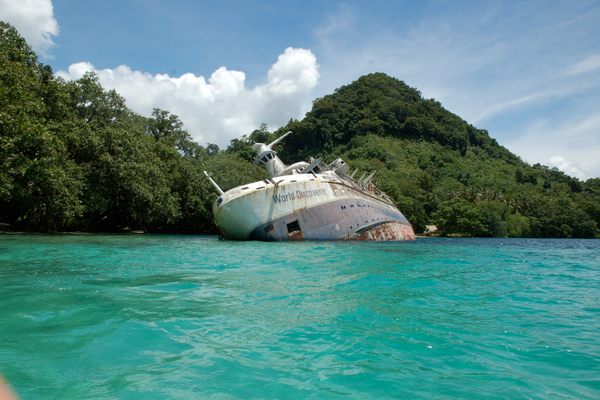

.jpg)
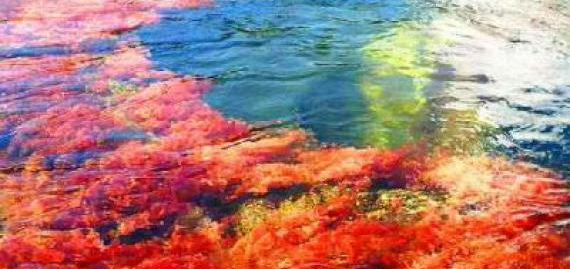
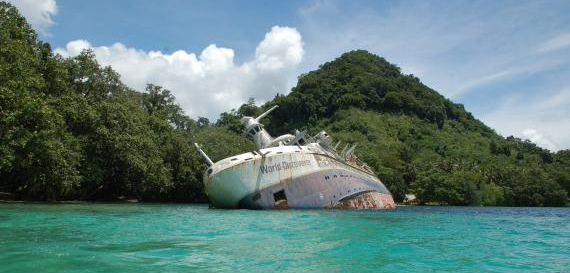
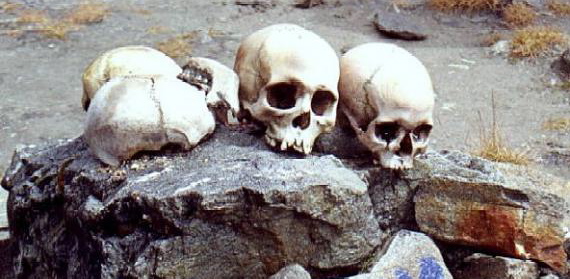

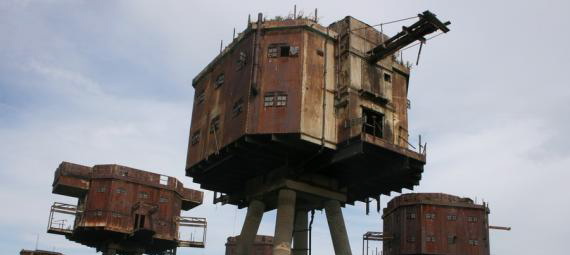
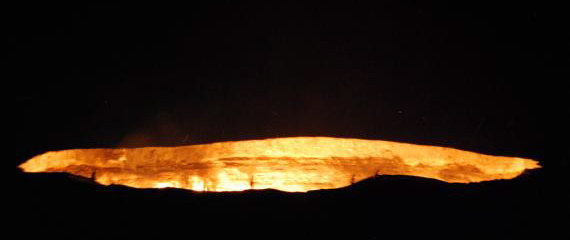
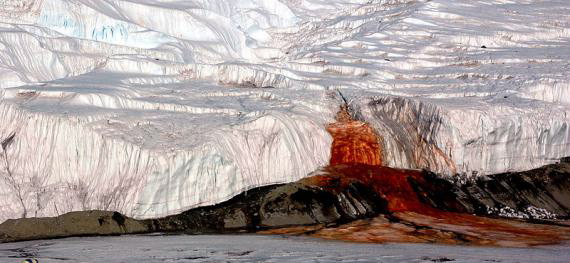
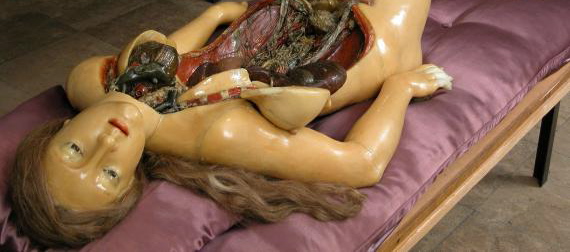



Follow us on Twitter to get the latest on the world's hidden wonders.
Like us on Facebook to get the latest on the world's hidden wonders.
Follow us on Twitter Like us on Facebook